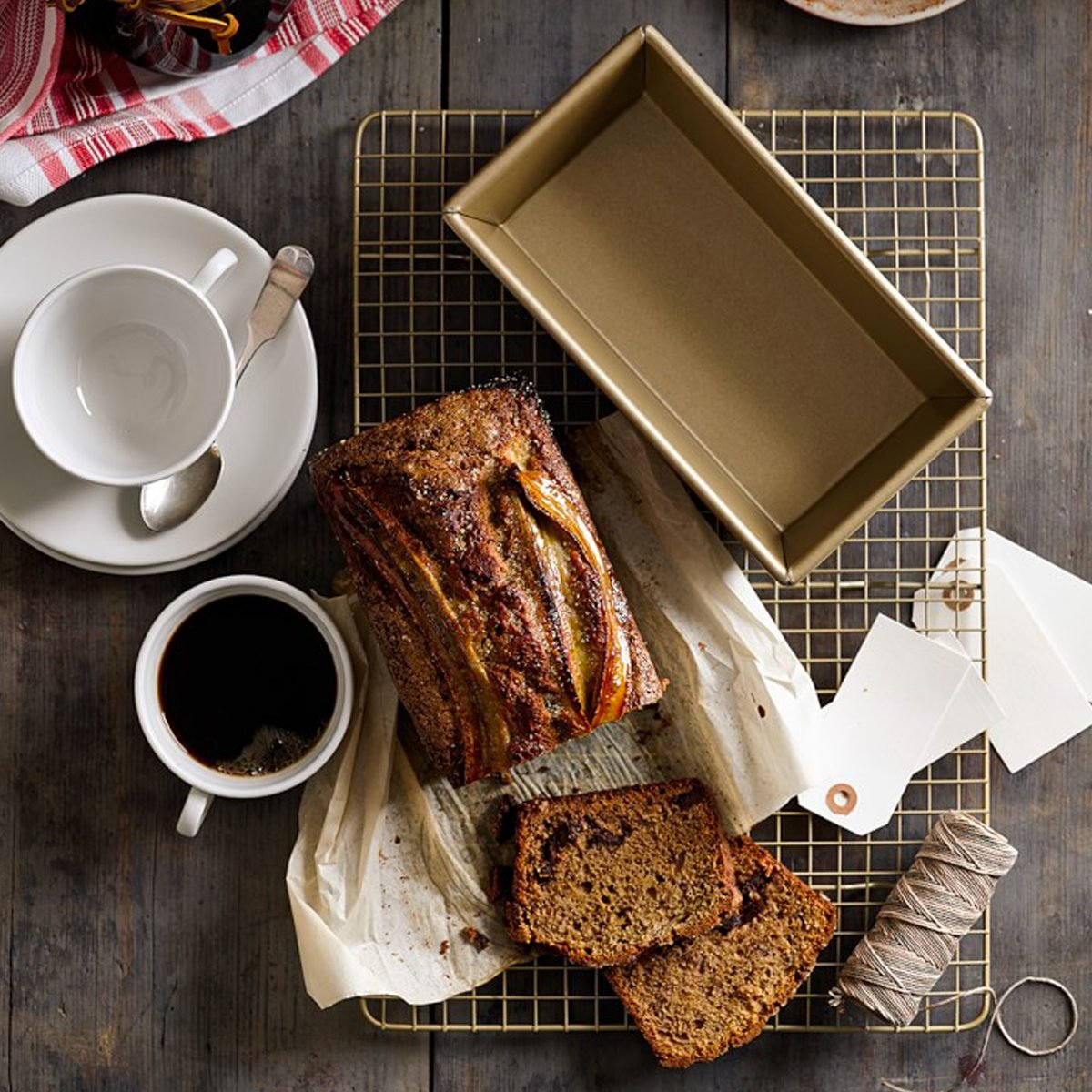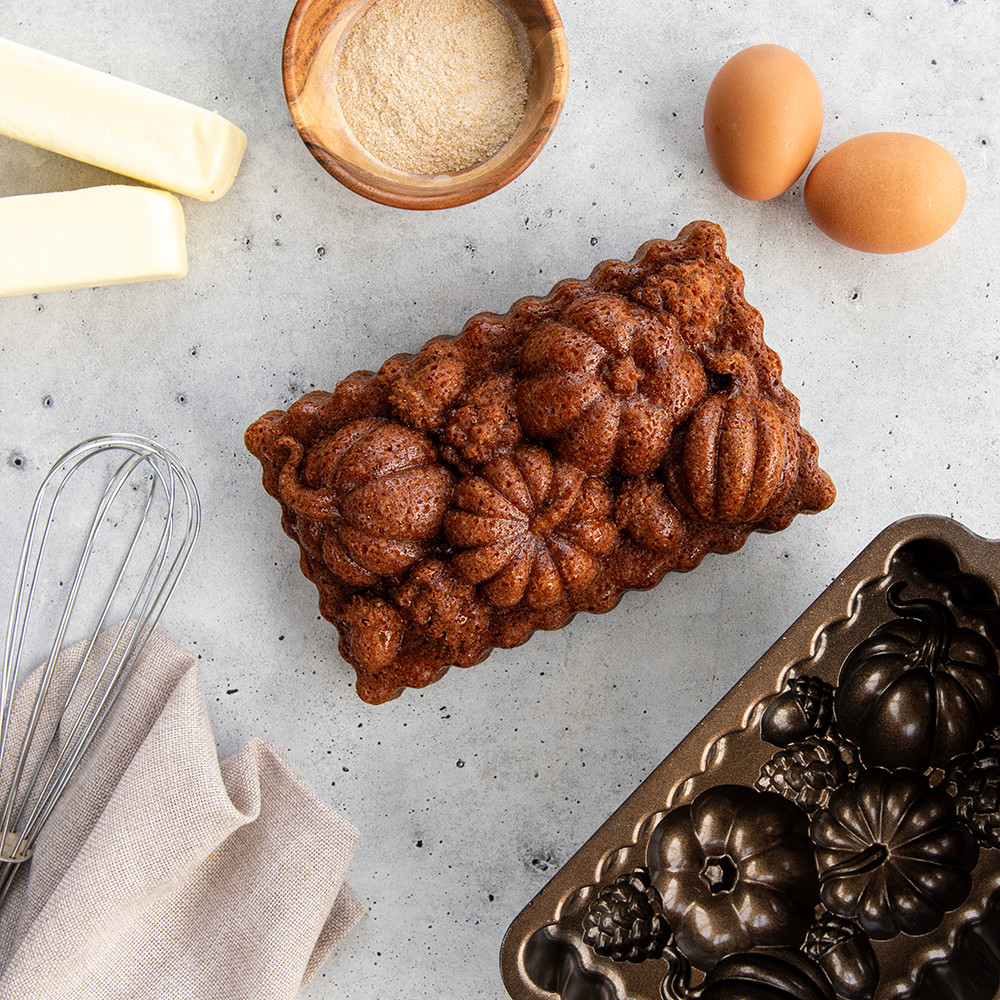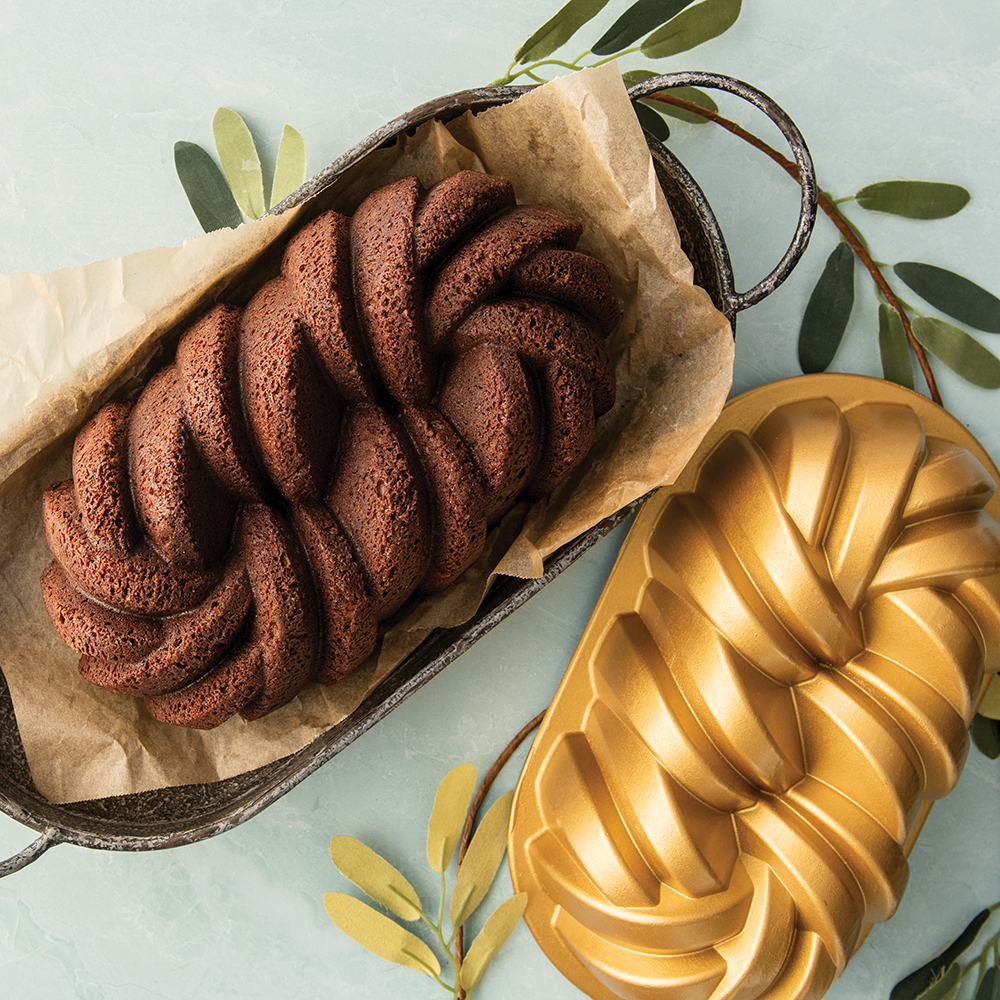There’s something magical about the smell of freshly baked bread wafting through the house. As an avid baker, I’ve always believed that the tools we use can transform our culinary experiences. One of the most delightful tools in my kitchen is the decorative bread loaf pan. In this comprehensive guide, we’ll explore everything you need to know about these beautiful baking essentials, from styles and materials to tips on choosing and using them effectively.
What Are Decorative Bread Loaf Pans?
Decorative bread loaf pans are not just functional kitchen tools; they are aesthetically pleasing additions that can elevate the presentation of your homemade bread. Available in various designs, materials, and sizes, these pans can enhance the baking experience and make your loaves more visually appealing.
Types of Decorative Bread Loaf Pans
There are several types of decorative bread loaf pans, each offering unique benefits and styles. Here are some popular options:

- Ceramic Pans: These offer excellent heat distribution and come in vibrant colors and designs.
- Silicone Pans: Flexible and non-stick, making it easy to remove your bread, and available in a variety of shapes.
- Metal Pans: Typically made of aluminum or stainless steel, they are durable and provide even heating.
- Glass Pans: Allow you to monitor the baking process easily and often feature beautiful patterns.
The Benefits of Using Decorative Bread Loaf Pans

1. Aesthetics
One of the most obvious benefits of decorative bread pans is their visual appeal. A beautifully baked loaf can be the centerpiece of any meal or gathering. Using a decorative loaf pan not only enhances the look of your bread but also adds a personal touch to your baking.
2. Improved Baking Performance
Many decorative pans are designed with specific baking properties in mind. For instance, ceramic and metal pans can provide better heat retention, resulting in evenly baked bread. The right pan can make a significant difference in the texture and color of your loaf.

3. Versatility
Decorative loaf pans are incredibly versatile. Not only can they be used for various bread recipes, but they are also suitable for meatloaf, cakes, and even terrines.
4. Gift Potential
A unique loaf pan can make a wonderful gift for friends and family who enjoy baking. Pair it with a homemade bread recipe for a thoughtful gesture!

Choosing the Right Decorative Bread Loaf Pan
With so many options available, choosing the right decorative bread loaf pan can be overwhelming. Here are some key factors to consider:

1. Material
Consider what material would suit your baking style. If you prefer an easy cleanup, a non-stick silicone pan might be ideal. If you want a beautiful serving piece that retains heat well, go for a ceramic pan.
2. Size
Bread loaf pans come in various sizes, typically ranging from 8.5 x 4.5 inches to larger 10 x 5 inches. Make sure to choose a size that fits your recipe and oven.

3. Design
Look for a design that matches your kitchen décor or personal style. Floral patterns, geometric shapes, or classic colors can all contribute to the visual appeal of your baked goods.
Comparison Table: Decorative Bread Loaf Pans

| Material | Pros | Cons | Best For |
|---|---|---|---|
| Ceramic | Even heating, beautiful designs | Heavy, can chip | Artisan bread |
| Silicone | Easy to clean, flexible | Less heat retention | Quick breads |
| Metal | Durable, great heat conduction | Can warp at high temperatures | Traditional yeast breads |
| Glass | Monitor baking progress, even heating | Fragile, can break | Any type of bread |
Popular Decorative Bread Loaf Pans on the Market
Here are some highly-rated decorative bread loaf pans that every baker should consider adding to their collection:
- Pampered Chef Classic Stoneware Loaf Pan: Perfect for artisan breads, this ceramic pan offers great heat retention.
- USA Pan Bakeware Loaf Pan: Made of heavy-duty aluminized steel, it features a non-stick coating and is loved for its durability.
- Silicone Baking Loaf Pan: A vibrant option for those who prefer non-stick, flexible baking options.
- Anchor Hocking Glass Loaf Pan: Great for monitoring your bread as it bakes and comes with an elegant design.
Tips for Using Decorative Bread Loaf Pans
1. Preheat Your Oven
Always preheat your oven according to your recipe. This ensures consistent baking and prevents the bottom of your loaf from becoming too dense.
2. Greasing the Pan
While many decorative pans are non-stick, it’s still a good idea to grease or line your pan to ensure easy removal of your bread.
3. Watch the Baking Time
Decorative pans can alter the baking time slightly. Check your bread for doneness a few minutes earlier than indicated in your recipe.
4. Let It Cool
After baking, allow the bread to cool in the pan for about 10 minutes before transferring it to a wire rack. This helps maintain its shape.
Pros and Cons of Decorative Bread Loaf Pans
Pros
- Enhances the aesthetic appeal of baking.
- Improves baking performance with certain materials.
- Versatile for various recipes.
- Can be a thoughtful gift for baking enthusiasts.
Cons
- Some materials can be more fragile and prone to damage.
- Higher cost compared to standard loaf pans.
- Requires proper care and maintenance, especially ceramic and glass.
Frequently Asked Questions (FAQs)
1. Can I use a decorative bread loaf pan for meatloaf?
Yes! Many decorative loaf pans are versatile enough for various recipes, including meatloaf.
2. Are silicone pans better than metal pans?
Silicone pans offer easy release and cleaning, while metal pans provide better heat conduction. It ultimately depends on personal preference and the specific recipe.
3. How do I clean my decorative bread loaf pan?
Most non-stick and silicone pans can be cleaned with warm, soapy water. For ceramic and metal pans, avoid abrasive cleaners to prevent scratching.
4. How can I tell when my bread is done baking?
A good rule of thumb is to tap the bottom of the loaf. If it sounds hollow, it’s likely done. You can also use a toothpick; if it comes out clean, your bread is ready!
Conclusion
Investing in a decorative bread loaf pan is not just about baking; it’s about enhancing your culinary experience and adding a touch of beauty to your kitchen. Whether you’re making a simple loaf or an elaborate artisan bread, a decorative pan can help you achieve perfect results each time. I encourage you to explore different styles and materials, find one that resonates with your baking philosophy, and enjoy the process of creating delicious, beautiful bread.
Happy baking!